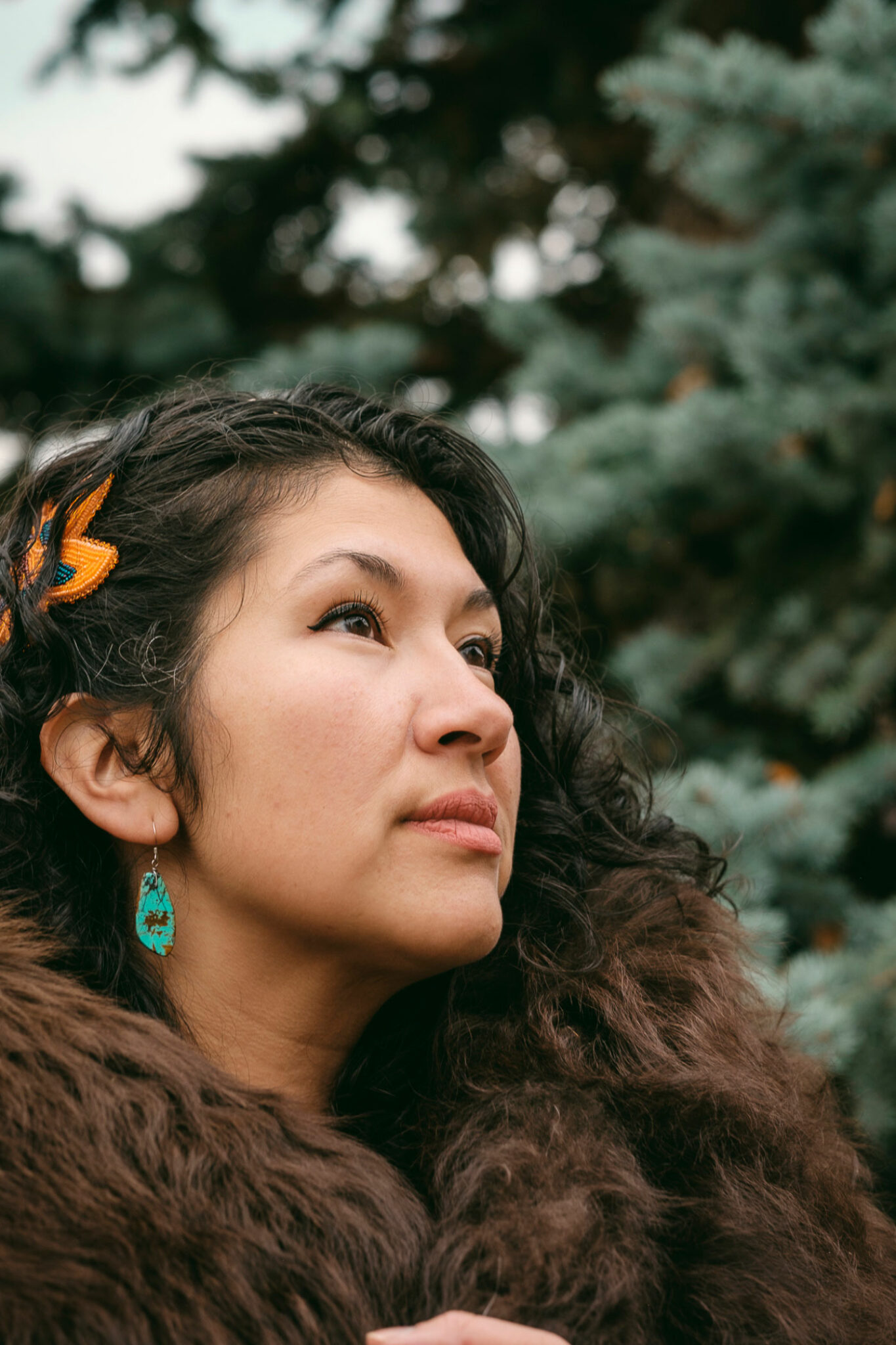
The first thing Amy Willier ever said to me was, “I think we’re cousins!” We laughed, and began talking, eventually confirming that we were, indeed, cousins through marriage. I had connected with Willier, a Cree artist, entrepreneur and Indigenous arts advocate, in 2017 when we both volunteered for Aboriginal Awareness Week Calgary. Last December, I connected with her again to interview her for a profile story for this magazine that was also about the success of Moonstone Creation, the business Willier co-owned with her mother Yvonne Jobin, and what the two of them were doing to champion traditional Indigenous arts both locally and on the international stage. But then Willier died unexpectedly in January from unknown causes, just after I finished the first draft.
Now, this is both a profile and a memorial. Instead of looking forward to Willier’s promise, the story became a legacy piece on her accomplishments and the impact she had on her community.
In Indigenous cultures, a Knowledge Keeper holds traditional knowledge and shares it with others in order to preserve or promote a culture.
Amy Willier was a Knowledge Keeper. “Our family’s mantra has always been, ‘knowledge without sharing is worthless,’” she told me back in December.
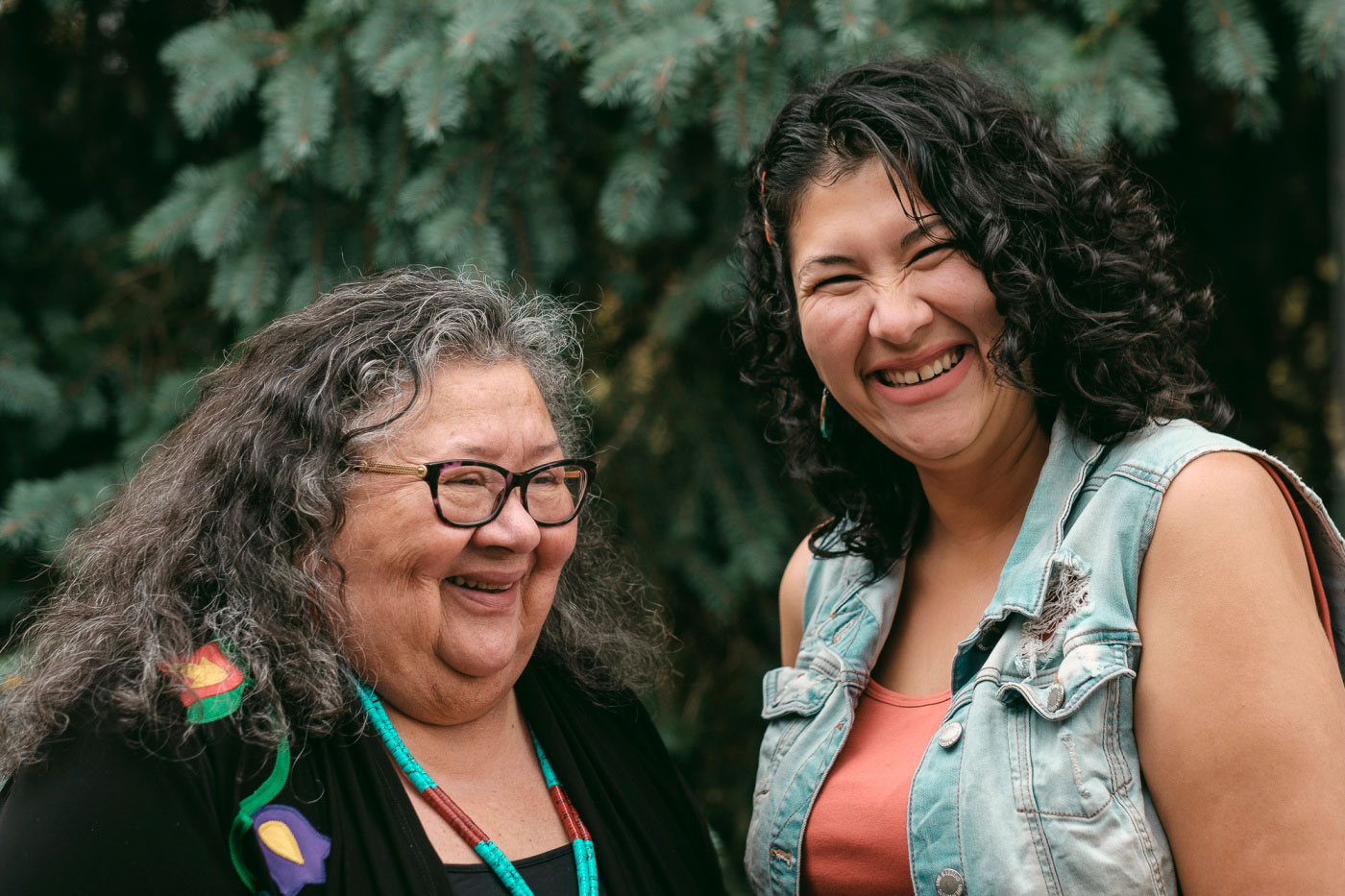
Willier grew up surrounded by her mother’s teachings. Jobin chose to stay home and raise her children rather than put them in daycare while she worked outside of the home. Though Jobin had started a career in finance, she had long felt called to help preserve and promote Indigenous culture. In the 1970s, Jobin enrolled in a 10-month Native Cultural Arts program at the Alberta Vocational Centre. The program offered her a job as an instructor before she even completed the course work. She says she felt as if grandmother was working through her, which is the reason everything fell into place. “I believe it’s really important to keep traditions alive,” Jobin says.
Jobin founded Moonstone Creation in 1994 as a home-based business selling traditional Indigenous clothing and artworks and offering classes in traditional Indigenous arts. She moved an industrial sewing machine into the dining room so she could keep an eye on the kids while working on custom garments and parkas. It always amazed friends and customers that the children wouldn’t touch her materials or play with the pins and scissors. “It’s something that they grew up with,” Jobin says. “It was their life.”
Sewing had been a constant in Jobin’s childhood, too. Sewing is a significant component in traditional Indigenous arts and Jobin had learned to sew when she was a young girl. She lived with her aunt and kokum (grandmother), who both taught her fine needlework, embroidery, crocheting, knitting and sewing — skills she later used to start her business. When Jobin was just eight years old, she sewed herself a dress from start to finish, and by the time she entered middle school, she was sewing herself a new outfit every weekend out of repurposed clothes. “It’s in my blood,” she says, explaining that the first Jobin to immigrate to Canada was a tailor of women’s clothing. “I think that DNA mixed with the Native — we’re a creative people.”
When Willier had a son of her own, she faced the same dilemma her mother once had — put him in daycare or find a way to have him alongside her while she worked. Like her mother, Willier chose to keep her son with her as she officially became co-owner of Moonstone Creation.
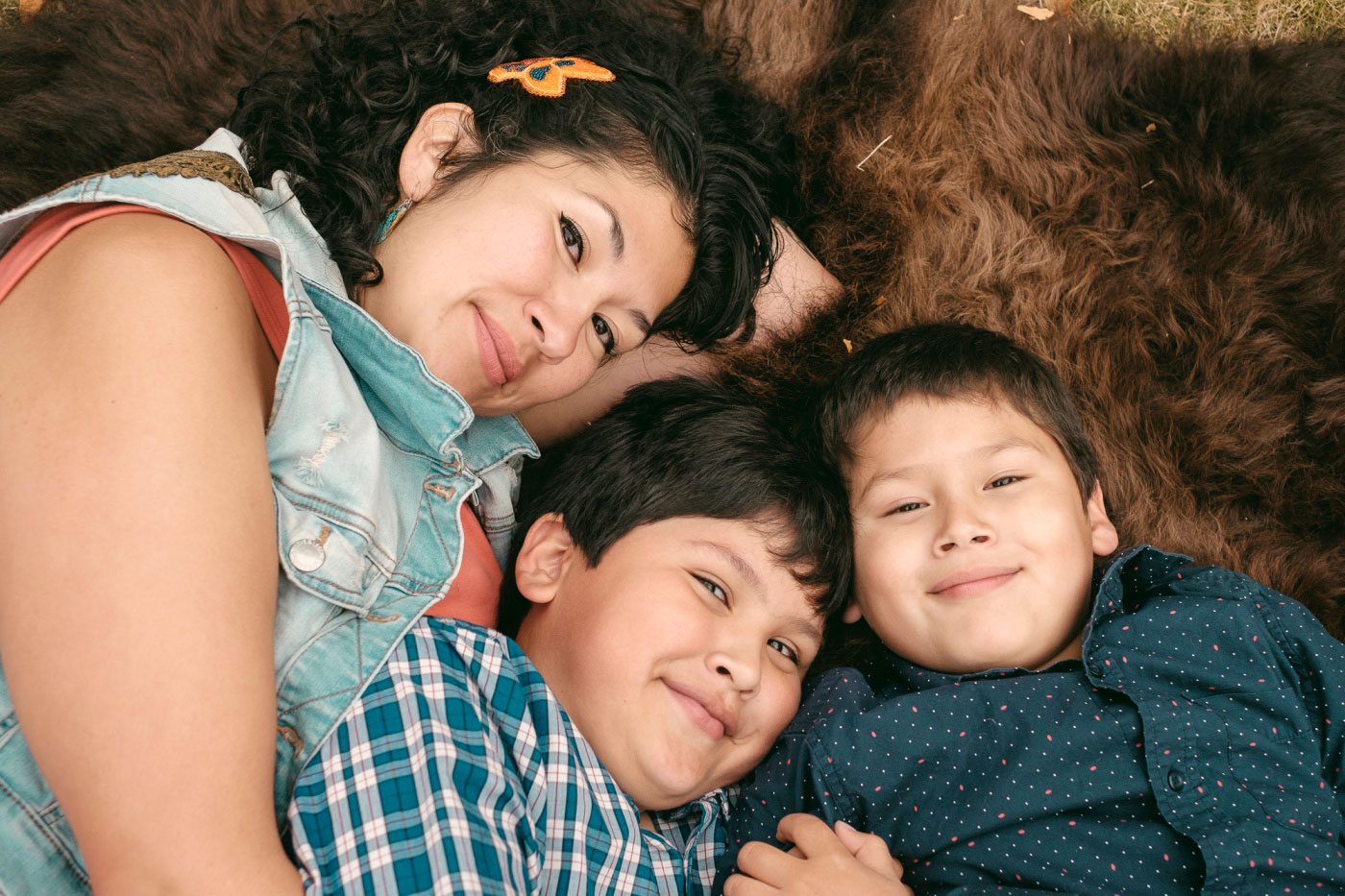
Moonstone Creation moved from Jobin’s house to a shop space in Inglewood in 2009 (the business later moved to the current shop on 10th Avenue S.E.). Jobin had already been teaching classes in her basement, but the new space allowed her to expand and both teach and display Indigenous art. To finish the space, she called on family and friends to donate furniture and set up a makeshift playpen in the back for the baby. Years later, Jobin’s success is defined by her gratitude for every aspect of her work. “It’s amazing for me to see where I came from in ’94,” she says. “Friends tell me, ‘you know, it’s pretty amazing how you’ve been able to create a living out of beads and buckskin.’”
Giving thanks to the earth is important in Indigenous culture, and Jobin always acknowledges where her materials come from. She collects fur and hide scraps after every class and the Moonstone family takes them to a field and returns them to the land with prayers of gratitude. “Every year we have a feast for the animals and birds that go into everything we create,” Jobin says.
Willier fully embraced Jobin’s teachings, and she was keen to share them with others. She first taught a dreamcatcher-making course to 50 students when she was only 13 years old. Willier was especially passionate about teaching non-Indigenous people. She believed it bridged cultural gaps. “You get a better appreciation of our art and history,” she said, adding people who took classes at Moonstone Creation left with a better understanding of why authentic Indigenous art often has a high price tag. “It’s hard work — beading is definitely a labour of love.”
Willier was starting to take on more of a martriarchal role for the family and business when she died. Though her mother founded the company, Willier had become the one with boots on the ground. She was often the first person you encountered at Moonstone Creation, and she knew about every single art piece the shop carried by the more than 60 artists they represented from across Canada. She worked the front serving customers, taught classes in the back, and made her own art in the middle.
When Willier passed away, a collective lament rippled throughout the Indigenous and arts communities. Community members set up a memorial outside the shop and a GoFundMe campaign under Willier’s name quickly surpassed its $10,000 goal. Willier’s son is living with his kokum and they have leaned on this support to get through their grief.
Moonstone’s Inglewood neighbour Festival Hall, headquarters of the Calgary Folk Music Festival (CFMF), hosted an augmented reality mural during the month of February created in tribute to Willier. “She was a huge force,” says CFMF artistic director Kerry Clarke. “She was a key to the arts community. It’s so important to have someone like her who really [brought] such a positive perspective and a deep perspective on many different Indigenous cultures.”
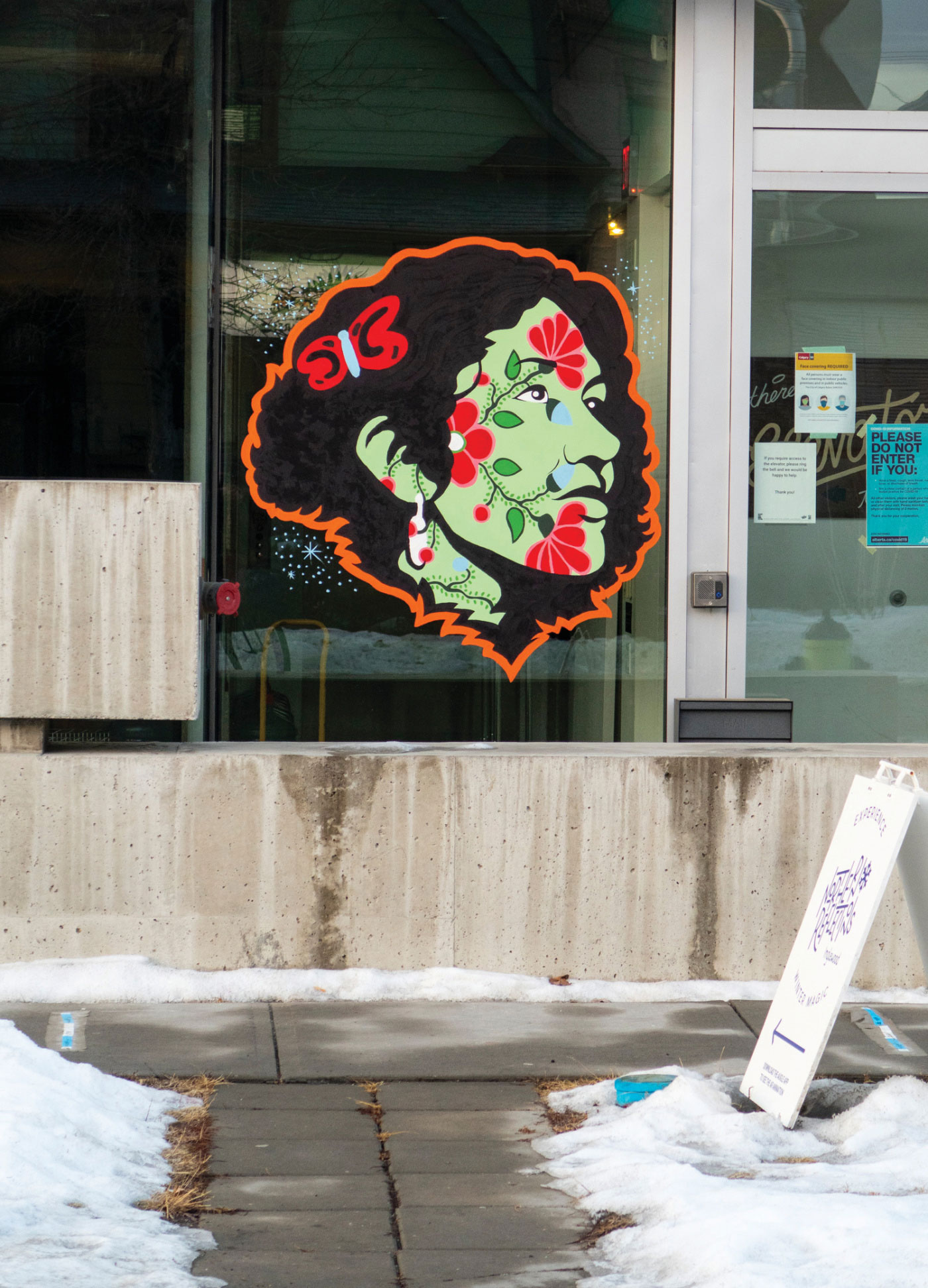
Knowledge Keepers are paramount in preserving and promoting Indigenous culture — especially after the implementation of the Indian Act, residential schools and other government initiatives meant to eradicate Indigenous culture and assimilate Indigenous people into mainstream society. Not long ago, Indigenous people were legally barred from practising their culture and ceremonies and would often face jail time as a result. The few Elders and Knowledge Keepers who practice and share their culture today have become extremely important — with every death, a library of unrecoverable information is lost and the connection to those cultural touchstones becomes even more precarious.
In the wake of Willier’s death, artists Kayla Bellerose and Mackenzie Kamâmak Brown collaborated on an illustration they shared on Instagram showing Willier in her buffalo robe surrounded by floral motifs. Brown and Bellerose met Willier through Indigenous Tourism Alberta where they worked, and where Willier was often asked to speak at summits and events. Brown says she created the portrait to help deal with her grief and spend time with Willier simultaneously. “She was the perfect person for representing what Indigenous arts should be,” Brown says. “Amy was art, and that’s how she’s going to be remembered.”
Bellerose added floral motifs inspired by beading to the portrait because she and Willier shared the same interest in traditional medicines. Bellerose says she often consulted with Willier on the best natural medicines to help with common ailments. “The way she shared wisdom on cultural protocols, appropriation versus appreciation, was so uplifting,” says Bellerose.
“Her words were medicine.”
Like any artist and entrepreneur of note, Willier’s death has both a personal and community impact. For me, she is woven into the fabric of the traditional Indigenous arts projects that I’ve created. She is in the porcupine quill medicine bag I made with her guidance. She’s in my moccasins, and in the beads she helped me pick out. These art forms had been lost to me — they were skills I never bothered honing because succeeding in a colonial world had become more important. Willier brought those skills to the forefront for me. Being First Nations is something I’ve been conditioned to be ashamed of, but she gave me permission to take pride in myself. Willier’s life is a reminder that we’re all responsible for picking up the pieces of the past and creating spaces for Indigenous culture to grow.
Her death is a tragic loss for the entire community, but her legacy doesn’t die with her. Moonstone Creation is still open and eventually, classes will resume and operations will continue. “We’re still here,” says Jobin, teaching anyone who wants to learn.
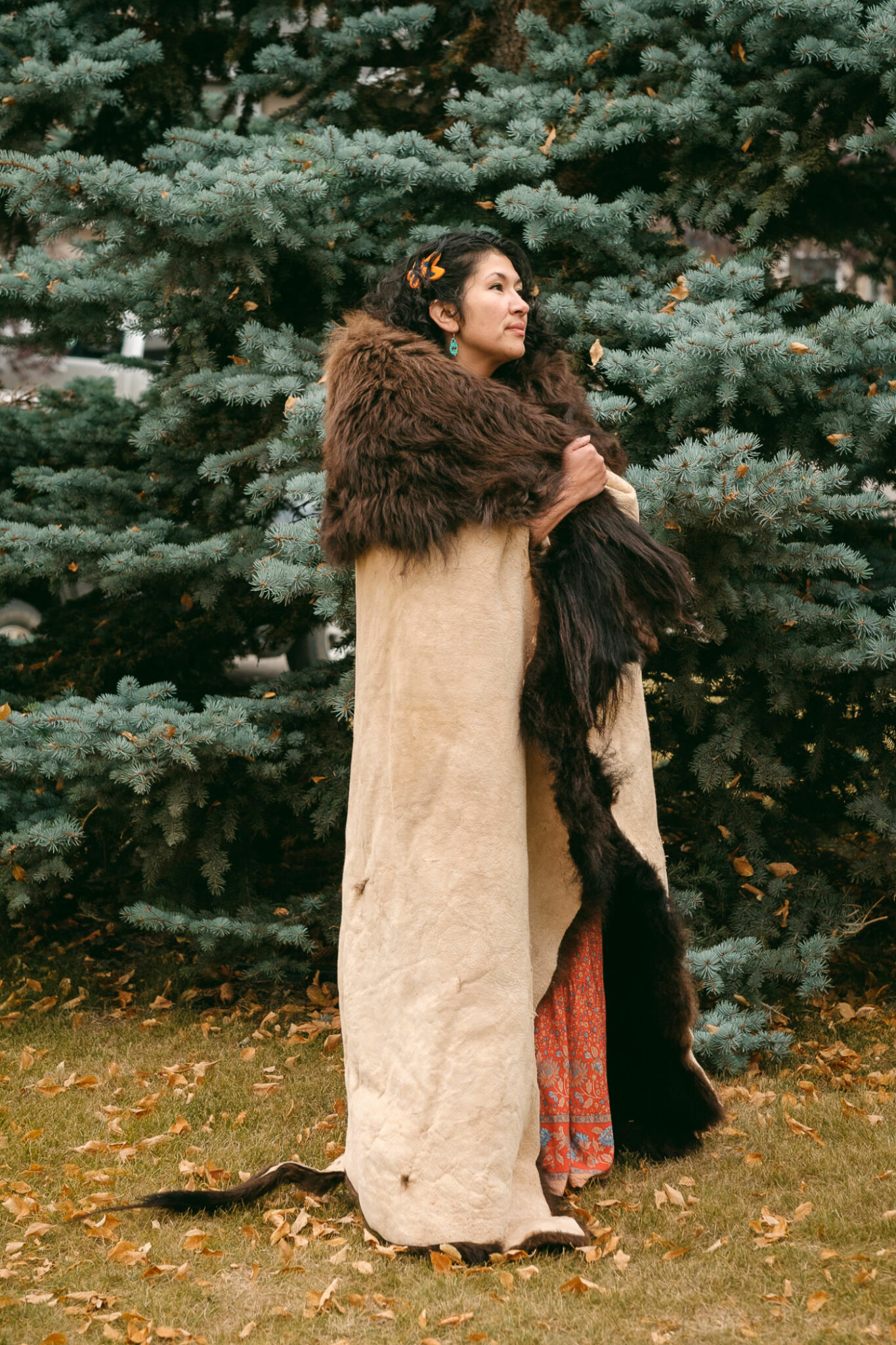
Avenue has created a new Indigenous arts category in the annual Made in Alberta Awards in honour of Willier, who had been a speaker at the 2020 Made in Alberta Conference. Visit madeinalbertaawards.ca to see the entries in all categories, including the first Amy Willier Award for Indigenous Artisans.
